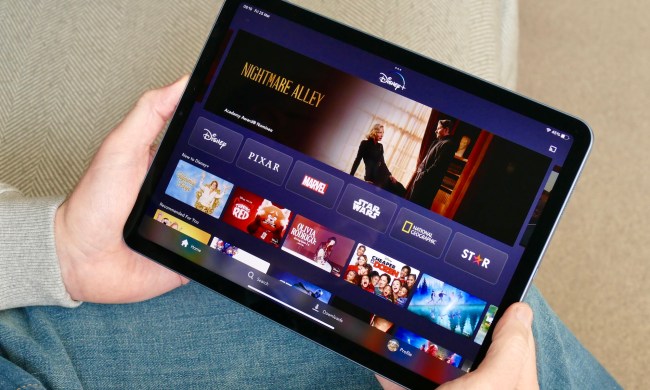Smartphones exist to make our lives easier, offering a wide variety of functions that help to simplify daily life while helping us stay connected to each other. These daily connections and simplifications have become essential to our everyday lives. Because of this, we bank on these devices to be dependable above all else, and a huge part of that dependability is battery life. Being well aware that battery life is a major selling point for any device, smartphone manufacturers now tout how long a battery could feasibly last given its technical specifications. Despite this type of specificity, how do we know for sure that a phone’s battery will last for as long as the manufacturer claims?
We’ve handpicked some of the phones with the best battery life that are currently available, from the Huawei P40 Pro through to budget-friendly phones like the Moto G7 Power. Opt for one of these phones to help avoid suffering the pain of running out of juice midway through an important Zoom call or epic Netflix binge — or not making it to the end of the working day without having to plug in your phone.
Bear in mind that battery life shouldn’t be the be-all and end-all when deciding which smartphone to purchase. That’s not to say that battery life isn’t important, but, as you’ll see, the difference in longevity for most of today’s top smartphones is relatively small.
Huawei P40 Pro
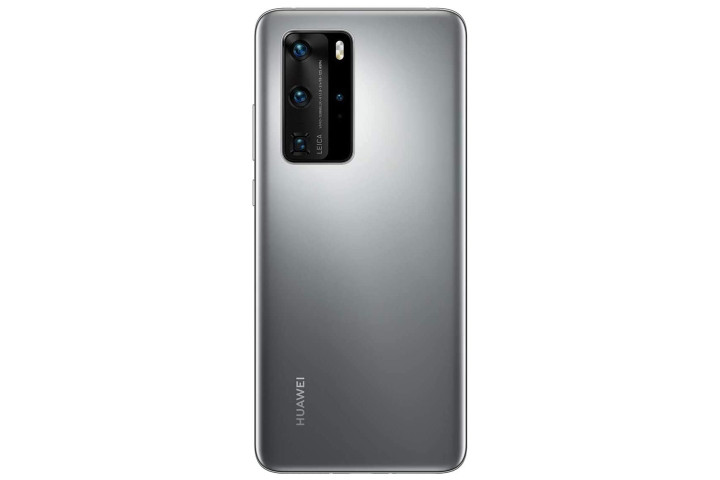
If battery life is your be-all and end-all, you’ll find no better option than the Huawei P40 Pro. With its huge 4,200mAh battery, it promises up to two days of battery life — and it delivers, with the battery lasting for around 18 hours streaming video and up to 94 hours on standby. Fast wired charging takes the battery from 5% to full in one hour 10 minutes, and it also supports wireless charging and smart charging, which means plugging it in for an overnight charge will see the phone reduce its charging speed to gradually reach full battery by sunrise — pretty clever. The P40 Pro also boasts a dreamy camera and excellent hardware.
If we had to say anything negative, it’s a little chunky at 9mm thick (thanks to that powerful battery), not to mention heavy at 209 grams, and you’ll have to compromise on software — the phone doesn’t come with the Google Play store, so you’re limited to what apps you can use. For this reason, we can’t wholeheartedly recommend the P40 Pro, as there are other phones that promise similar battery life.
Read our full Huawei P40 Pro review
Moto G7 Power
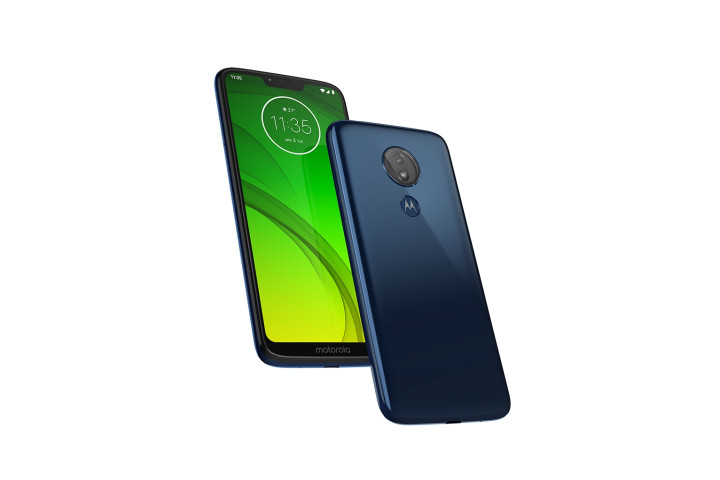
How does not charging your phone for one, two, or even three days sound? Like the stuff of science fiction, we reckon. Yet Motorola promises up to 72 hours battery life with the Moto G7 Power, and although that three days applies to light to moderate use, we still managed to get a solid 13 hours and 59 minutes of juice streaming videos on YouTube over Wi-Fi, with the screen set to maximum brightness. 15W TurboPower charging gives you nine hours of battery life in just 15 minutes and fully charges the phone from 0% in just over two hours.
The Moto G7 Power is an affordable, budget-friendly phone with solid performance, but it is lacking on a few fronts — there’s no NFC support with the U.S. version, the camera isn’t the greatest, and it’s chunky, at 9.3mm thick. That said, if price and battery are your main priorities, you won’t do much better for $250.
Read our full Moto G7 Power review
iPhone 11 Pro
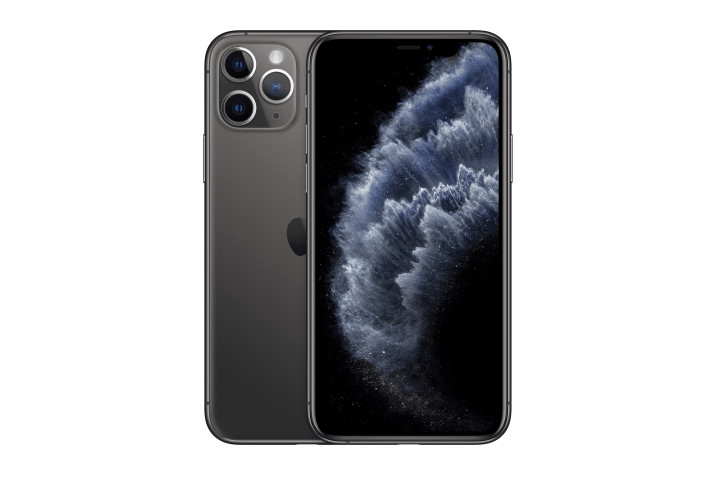
If you’d rather have an iPhone than an Android handset, the iPhone 11 Pro is your best bet for battery life. It lasted 12 hours in our battery test — streaming a 1080p video over Wi-Fi at maximum screen brightness — and you’ll easily get a full day of usage, including overnight, so you won’t need to charge your phone until you get to work the next day. If you’re a lighter user, you’ll see around a day and a half of usage before it needs to be charged. The 11 Pro is bundled with an 18-watt charger and reaches full charge from 0% in around two hours. Boasting better battery life than the iPhone 11 Pro Max — which clocked 10 hours and 39 minutes in our test — the 11 Pro has a class-leading camera and offers excellent day-to-day performance, but it will set you back around $1,000 right now.
Read our full iPhone 11 Pro review
Samsung Galaxy S10 Plus
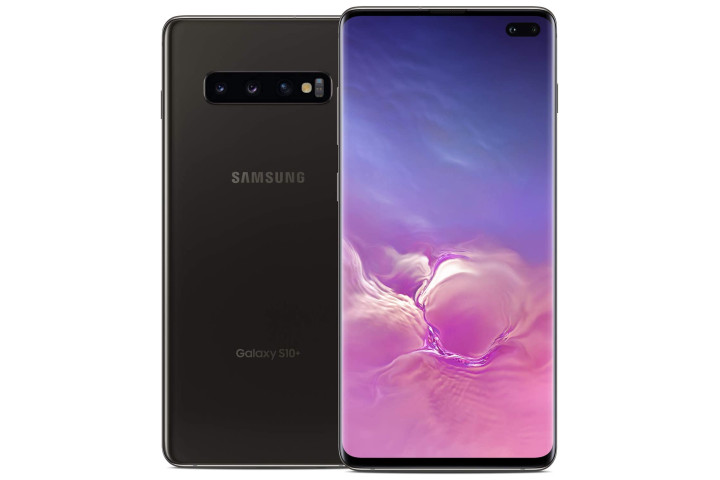
Packing a beefy 4,100mAh battery, the Samsung Galaxy S10 Plus may be a little unwieldy to hold, but what it lacks in compact size it more than makes up for in battery life and performance. With medium to heavy use, you’ll easily get a full day’s use from this phone, and it lasted for 12 hours 40 minutes in our standard playback tests — streaming 1080p video at max brightness on Wi-Fi. Lighter users may be able to stretch the battery use to two days. Where the S10 Plus falls down though, sadly, is its charging speeds. It only supports Qualcomm’s Quick Charge 2.0, meaning it takes around 1 hour 45 minutes to fully charge from 0% using the cable in the box — although it does support wireless charging. On the plus side though, it has Wireless PowerShare, which lets you wirelessly charge other Qi-enabled products by placing them on the back of the phone — great if you’re in a pinch. With its excellent battery life, powerful performance, and expansive HDR10+ screen, this is one of the best offerings from Samsung if you don’t want to worry about charging your phone before the day is out.
Read our full Samsung Galaxy S10 Plus review
LG V60 ThinQ 5G Dual Screen
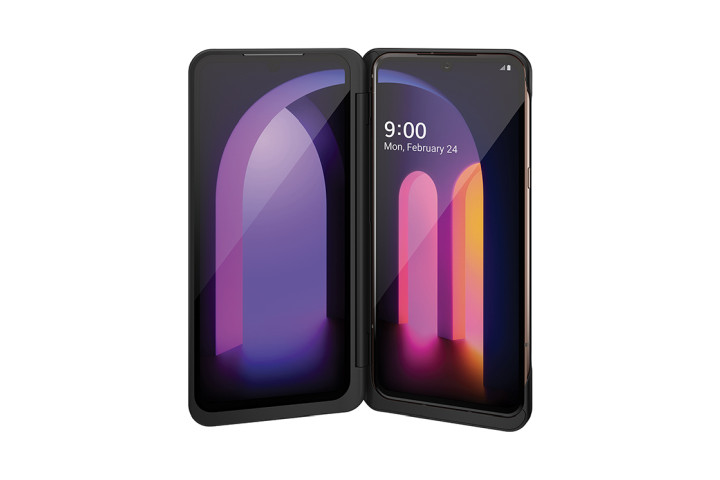
With its detachable dual-screen design, the LG V60 ThinQ 5G Dual Screen is certainly eye-catching, but behind the scenes it’s powered by a huge 5,000mAh battery that provided just shy of 13 hours of video streaming in our test. The battery here easily lasts through a day of heavy use with almost 40% to spare, although, as expected, the dual display drains the battery a bit more than your average phone. In the box is a 25W Quick Charge 4 USB-C adapter, which charges the battery to around 50% in just 30 minutes, and Qi wireless charging is also supported. But battery life aside, the experience is a bit of a frustrating one — the LG V60 ThinQ 5G Dual Screen packs Android 10 but with LG’s skin over the top, and comes bundled with a bunch of bloatware, much of which can’t easily be removed. Add to that its mediocre display with 60Hz refresh rate, and the fact it’s incredibly heavy — weighing in at a whopping 347.8g with the dual-screen accessory — and it starts to seem like battery may not be the most important thing to consider here, despite the phone’s excellent performance and reasonable price.
Read our full LG V60 ThinQ 5G Dual Screen review
Google Pixel 3a XL

While you might be tempted to pick up the Pixel 4 or Pixel 4 XL, the Pixel 3a XL is the clear leader of the pack in terms of battery life, packing a hefty 3,700mAh battery. In our tests, it managed an impressive 10 hours and 45 minutes before giving up the ghost, and medium use should easily see you through a whole day with plenty of battery life to spare. If you don’t fancy shelling out $479 for the 3a XL, the $399 Pixel 3a boasts similar battery life, clocking in at 9 hours and 12 minutes in our tests. The 3a XL comes bundled with an 18W USB-C charger, taking around 90 minutes to reach full charge from 15%. True, it doesn’t support wireless charging, but if you can overlook this for the sake of impressive battery life and a fantastic camera, this is a great phone for the money.
Read our full Google Pixel 3A XL review
Samsung Galaxy S20 Ultra

Samsung’s lavish S20 Ultra may look the part with its 7-inch display and 120Hz refresh rate, but its battery life won’t fail to impress either. Its huge 5,000mAh battery (the largest of the range) lasts for around 11 hours 58 minutes in 60Hz mode, but this drops rather dramatically to just over 9 hours in 120Hz mode. In comparison, the S20 Plus will see you through around 10 hours and 30 minutes in 60Hz mode, and just shy of 9 hours with 120Hz mode turned on, while the S20’s 4,000mAh battery lasted for around 9 hours 30 minutes in our tests. So the Ultra is still the best of the bunch when it comes to battery life — just stick to 60Hz mode, however tempting that smoother refresh rate may seem. Heavy users should easily get a full day out of the S20 Ultra, while with light usage the battery should last around a day and a half.
When it’s time to recharge, the Galaxy S20 Ultra comes bundled with a 25W charger that fully charges the phone’s battery from empty in an hour. There’s also the option to pick up a 45W charger, although the difference in charging speeds is negligible. The S20 Ultra also supports 15W fast wireless charging 2.0. Despite its extravagant $1,400 price tag, the S20 Ultra’s stunning screen, zoom lens, beefy battery, and 5G compatibility with all the major networks ensure it offers plenty of bang for your buck.
Read our full Samsung Galaxy S20 Ultra review


